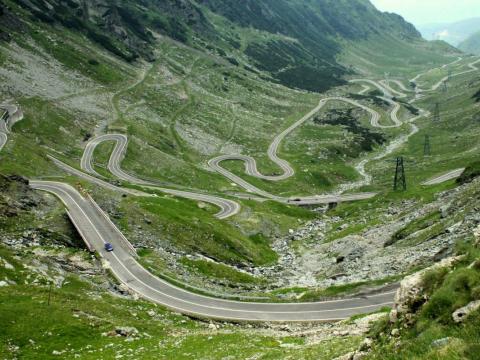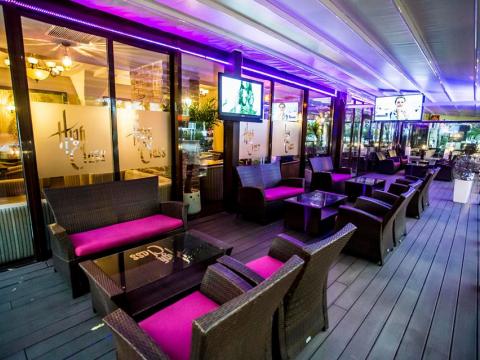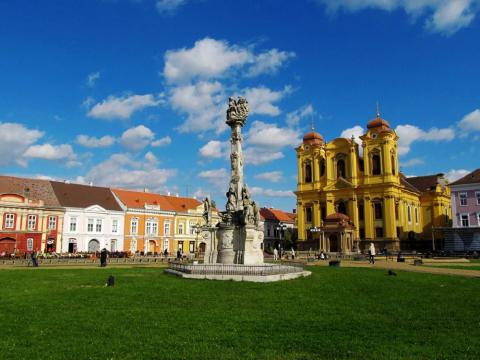Introducing Bucharest
Bucharest (Romanian: București) is the capital and largest city of Romania, as well as the country's most significant industrial and commercial center. Bucharest is one of the major cities in Southeastern Europe, with a population of over 2.1 million people in the urban area.
Bucharest is the main point of entry into Romania. Bucharest is a thriving city, with several major building programs transforming the city's old face. Bucharest, once known as "Little Paris," has evolved dramatically in recent years, and it is now a fascinating blend of old and modern that bears little resemblance to its previous popularity. In Bucharest, it's normal to see a 300-year-old church next to a steel-and-glass structure, all of which are next to a communist-style palace. Bucharest has cultivated a chic, fashionable, and urban sensibility that many have come to expect from a European capital. Bucharest has benefited from an economic boom, as well as EU grants, which have helped redevelop areas of the region, including the revitalized old town. Many who are familiar with Bucharest but have not been in a long time will be shocked by the improvements that are taking place. The spectacular Basarab overpass, Europe's longest cable bridge, is the largest completed undertaking.
Bucharest, like the rest of Romania, experiences temperate-continental weather with hot summers and cool winters. This area of Romania experiences all four seasons, but spring is brief and always occurs in April. In the summer, the average high daily temperature is around 29°C, while in the winter, it is around 2°C. Summers can be exceptionally hot and dry (30°C) and winters can be extremely cold (-20°C), while temperatures below -12°C are extremely uncommon. The months of April through June, September through October, and early December are ideal for a tour.
The official language is Romanian, a Romance language that appears to be the nearest living relative to Ancient Latin but includes about 20% loan words from Slavic languages. Most educated people born after 1970 will be able to speak English fairly well and will most likely be fluent in one or two second Romance languages; most educated people born before 1970 will be able to speak French, Spanish, or Italian reasonably well. The Roma (Gypsies) speak Romany as well as Romanian and, on occasion, English. Aside from that, there would be a smattering of other languages, such as Chinese, Arabic, Turkish, Hungarian, and German, as in any big region.
Last modified on 04/25/2021 - 12:03
Articles 0
Currently there are no articles about Bucharest.
Trip reports 0
Currently there are no trip reports about Bucharest.
Videos
Currently there are no videos of Bucharest.
























































































































































